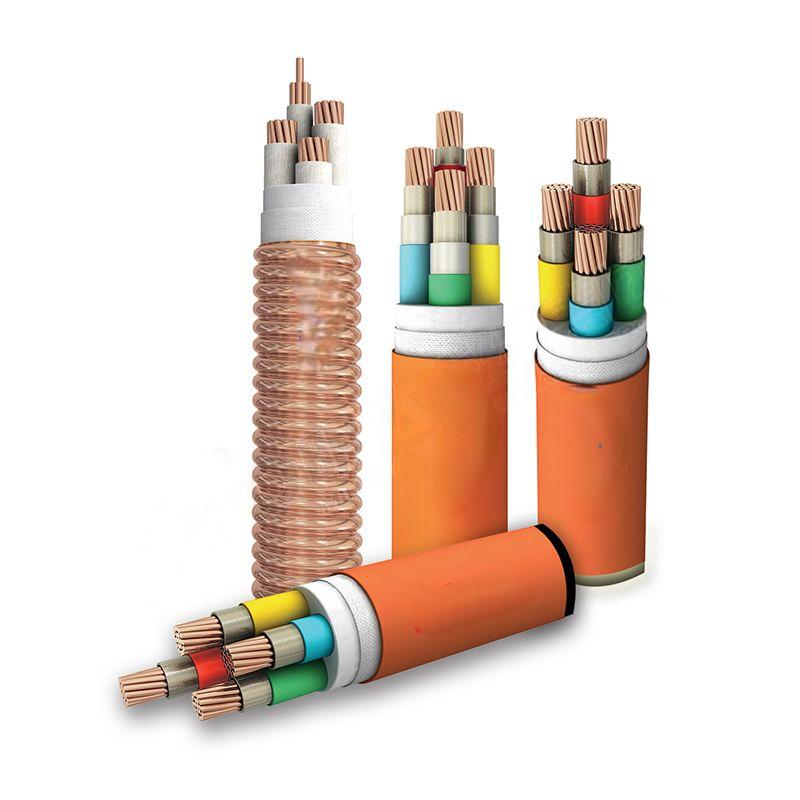ធ្នូ . 06, 2024 20:30 Back to list
Design and Functionality of Air Pressure Relief Valves in Various Applications
Understanding Air Pressure Release Valves
Air pressure release valves, often referred to as air relief valves or pressure relief valves, are critical components in various systems that utilize pressurized air. These devices are designed to maintain optimal pressure levels within a system, preventing dangerous pressure buildup that could lead to equipment failure, leaks, or even explosive situations. Understanding the function and importance of these valves is essential for anyone involved in the design, operation, or maintenance of pressurized systems.
What Are Air Pressure Release Valves?
Air pressure release valves are safety devices that automatically relieve excess pressure from a system when it exceeds a predetermined level. They can be found in a wide range of applications, including air compressors, pneumatic systems, boiler operations, and even HVAC systems. These valves help to manage the pressure within pipelines, tanks, or enclosures, ensuring that the pressure remains within safe operating limits.
The basic mechanism of an air pressure release valve consists of a spring-loaded diaphragm or piston that opens when the pressure reaches a certain threshold. Once the pressure drops back to a safe level, the valve closes, effectively sealing the system. This action not only prevents damage to the system but also protects personnel and surrounding environments from harm.
Importance of Air Pressure Release Valves
The role of air pressure release valves is crucial in maintaining safety and efficiency. One of the primary threats in systems that handle pressurized air is the risk of overpressure. When pressure builds up beyond the safety limits, it can cause structural failure, leading to significant operational downtime and costly repairs. In severe cases, it can result in catastrophic failure, posing serious risks to human life and the environment.
Additionally, these valves contribute to the overall efficiency of a system. By properly regulating pressure, they help maintain optimal operational conditions, allowing machinery and equipment to perform their functions effectively. This not only enhances productivity but also extends the lifespan of the equipment by preventing undue stress and wear.
Types of Air Pressure Release Valves
air pressure release valve

There are several different types of air pressure release valves, each designed for specific applications and pressure ranges. Some common types include
1. Relief Valves - These are typically used in systems where excess pressure needs to be released to prevent damage. They open automatically when a certain pressure is reached and close when the pressure falls back within the safe range.
2. Safety Valves - Similar to relief valves, safety valves provide an emergency release mechanism but are built to handle more extreme conditions and are often used in high-pressure applications.
3. Vent Valves - These valves allow air to escape from a system to prevent vacuum conditions, which can also lead to damage.
4. Pressure Regulating Valves - Although not strictly air pressure release valves, these devices help maintain a consistent pressure within the system, working in conjunction with release valves to ensure safe operations.
Maintenance and Testing
To ensure effective operation, regular maintenance and testing of air pressure release valves are essential. This includes checking for any signs of wear or damage, verifying the calibration, and performing functional tests to confirm that the valve opens and closes at the designated pressure. Neglecting maintenance can lead to valve failure, jeopardizing safety and operational efficiency.
In conclusion, air pressure release valves are indispensable components of many pressurized systems. By effectively managing and regulating pressure levels, they protect equipment and personnel, ensuring smooth and safe operations. Understanding their function, types, and maintenance requirements is essential for anyone involved in the management of pressurized systems.
Share
-
Reliable Wafer Type Butterfly Valves for Every IndustryNewsJul.25,2025
-
Reliable Flow Control Begins with the Right Ball Check ValveNewsJul.25,2025
-
Precision Flow Control Starts with Quality ValvesNewsJul.25,2025
-
Industrial Flow Control ReliabilityNewsJul.25,2025
-
Engineered for Efficiency Gate Valves That Power Industrial PerformanceNewsJul.25,2025
-
Empowering Infrastructure Through Quality ManufacturingNewsJul.25,2025


